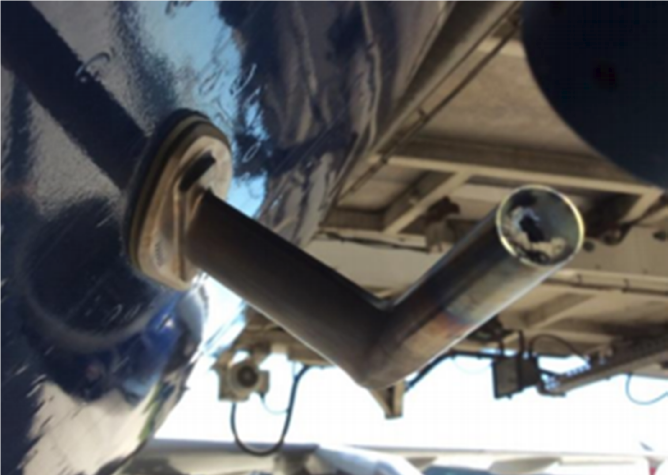


Several aircraft suffered from abnormal pitot / static system events , including two rejected takeoffs at London Heathrow Airport, UK during the period - 9th June 2021 to 19 July 2021.
These alarming trend was investigated by UK - AAIB and found that "nesting activity of certain species of wasps and bees within pitot probes" were the root cause of blocked ports , that work as sense device for the Aircraft Air data System.
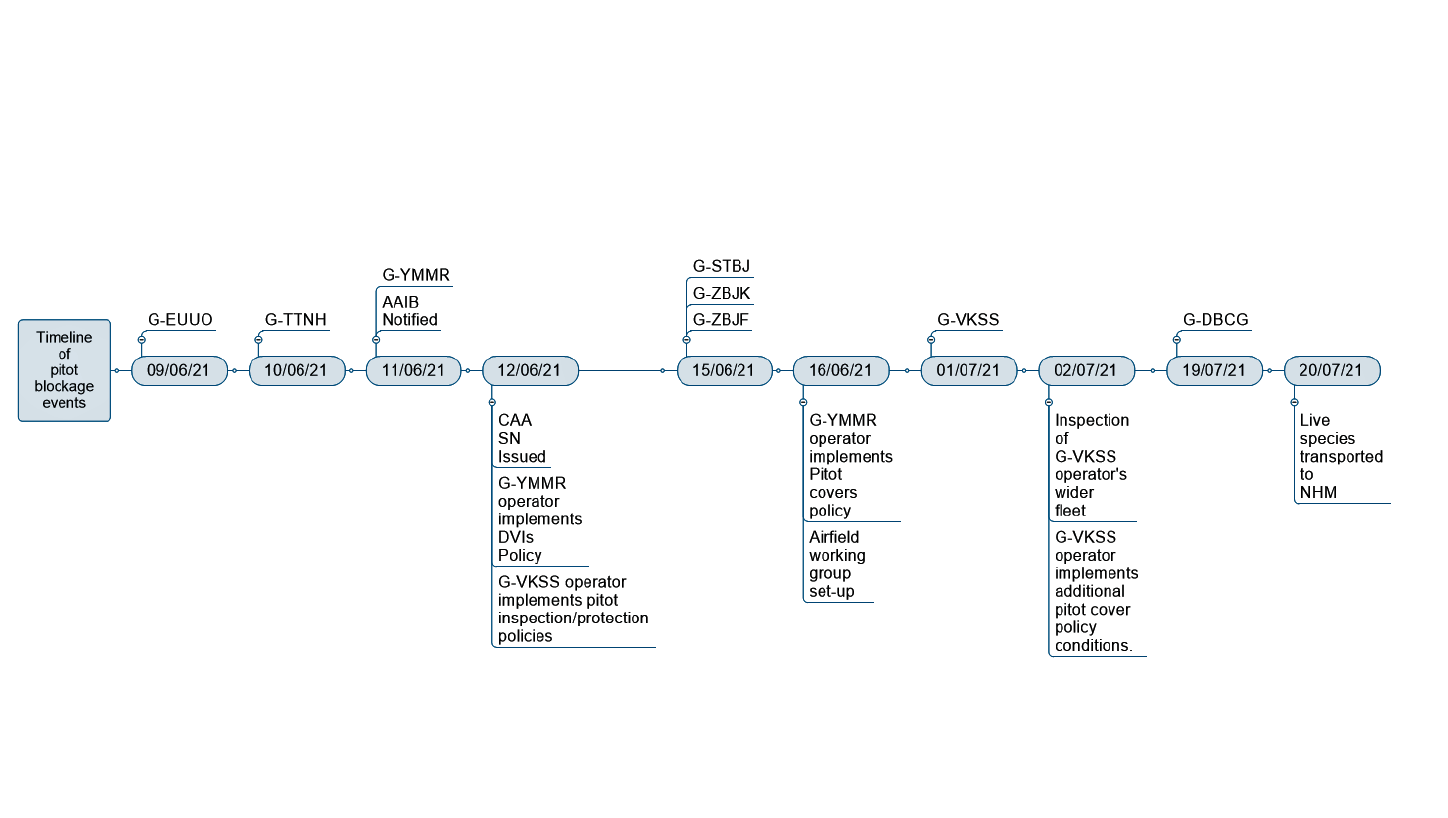
The Chronology of Events
Air Accidents Investigation Branch (AAIB) initiated the investigation following a series of pitot system blockage events on three different aircraft over a period of consecutive days at London Heathrow Airport (Heathrow).
Two of these events resulted in rejected takeoffs whilst one resulted in a return to stand following multiple system alerts during pushback of the aircraft .
During the investigation progress , the AAIB were notified of a fourth abnormal pitot/static system event which occurred on an Airbus A330 flying between Heathrow and Milan Malpensa Airport (Milan), and were provided with ground maintenance inspection reports involving a number of other aircraft.
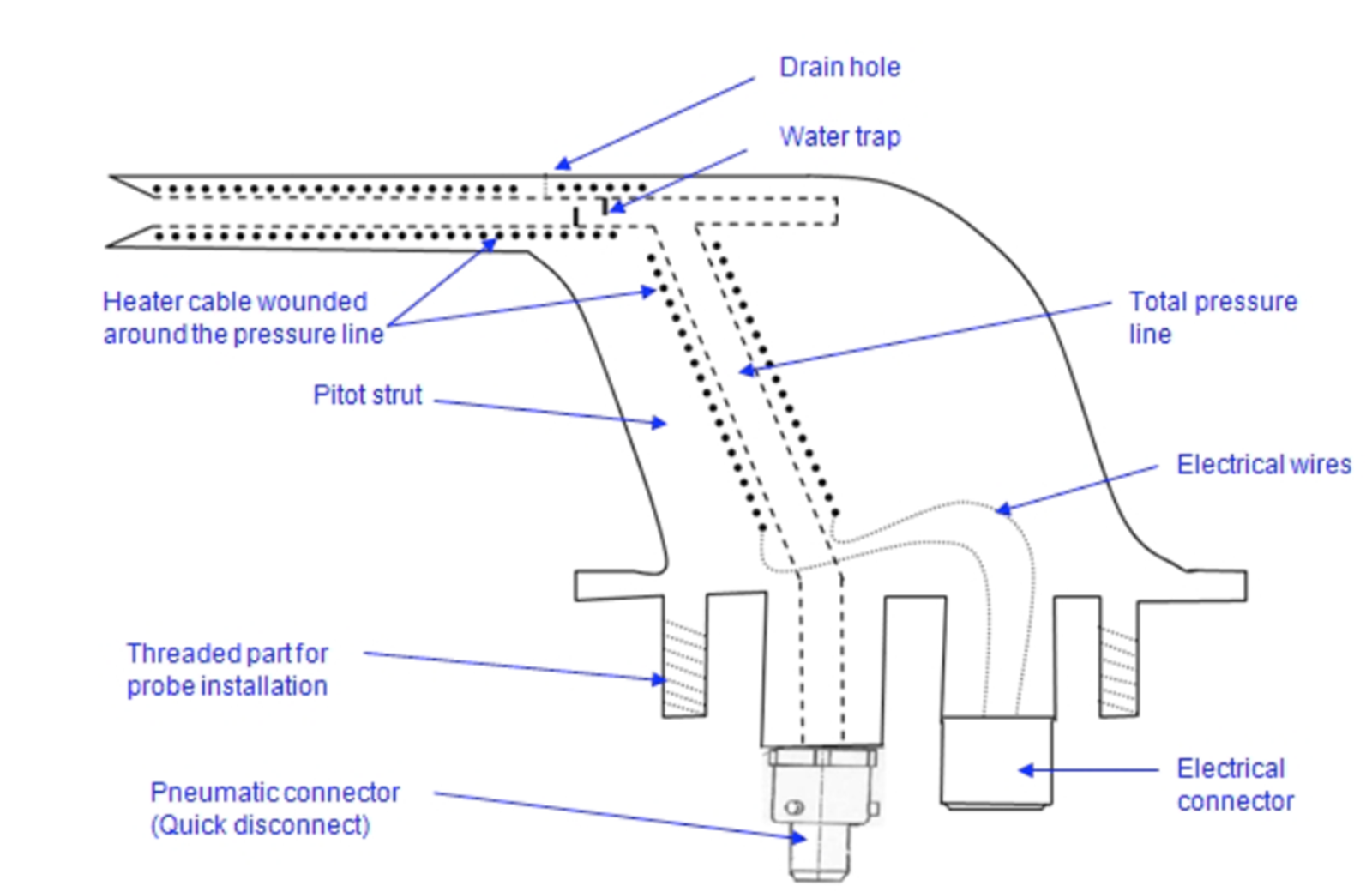
A pitot probe is essentially a tube used to sense the total pressure of the airflow. This tube is equipped with a heater cable which is wound around the pressure line to prevent ice accretion/pressure line obstruction. This pitot heater, which is automatically turned on upon engine start, can cause the pitot tip to reach temperatures of approximately 260°C on the ground.
On that day, on the runway, after commencing the takeoff roll , commander noted that his Primary Flying Display (PFD) speed scale was still showing less than 40 kt airspeed. On glancing across at the PM’s PFD, he saw it was already indicating over 70 kt, he commander took the decision to reject the takeoff and called “Stop” !
Aircraft followed rejected takeoff procedure, only anomaly noted was the lack of airspeed indication on the commander’s PFD.
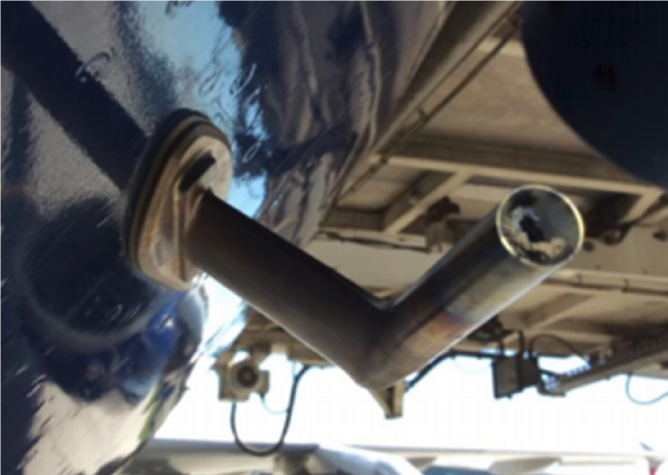
An inspection of the pitot / static probes found that the left pitot probe , which feeds the commander’s PFD , was blocked by the formation of a solid soil type material.
After being parked at Heathrow-London for last two days , this aircraft was due for a flight and started it's push back from the stand. The aircraft started displaying multiple, unexpected error messages including a short duration Electronic Centralized Aircraft Monitor (ECAM) alert relating to the rudder travel limiter system.
Towards the end of the pushback, the commander saw his PFD speed scale indicating more than 160 kt and watched as the speed display “washed down to zero.” With no hard faults latched on, the flight crew continued the engine start process whilst remaining alert for other potential issues.
Once engine 2 was running , the aircraft began to generate what the commander referred to as “rolling ECAM messages.” Failure messages were displayed for both Radar Altimeter systems , engine 1 (although it still had not been started) and the co‑pilot’s angle of attack (AOA) probe , mode downgraded from Normal to Alternate Law.
Engine 2 was shut down and re-initialisation of the Air Data and Inertial Reference Units (ADIRU) did not help , aircraft was taxied back to stand and shut down.
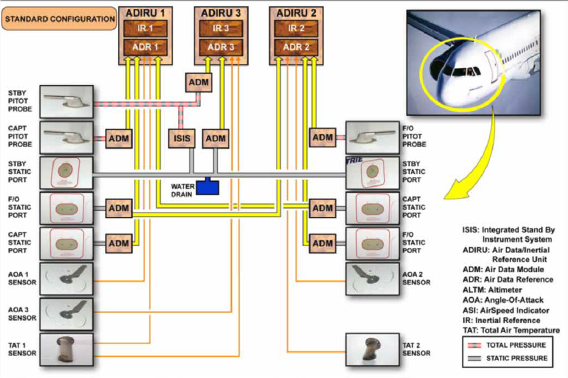
Schematic of A320 ADIRS , Courtesy : Airbus.
Inspection of the aircraft pitot/static probes found that two out of the three probes were blocked with debris similar to the above case , that was found on Aircraft G-EUUO on 9th June.
After being parked at Heathrow for six days, the aircraft initiated a scheduled departure, no anomalies until early in the takeoff roll , but after the PM verbally confirmed that takeoff thrust was set , both pilots looked at their flight displays and saw their airspeed indicators were not reading.
The commander made the executive “Stop” call and the aircraft was brought to a halt on the runway without further incident.
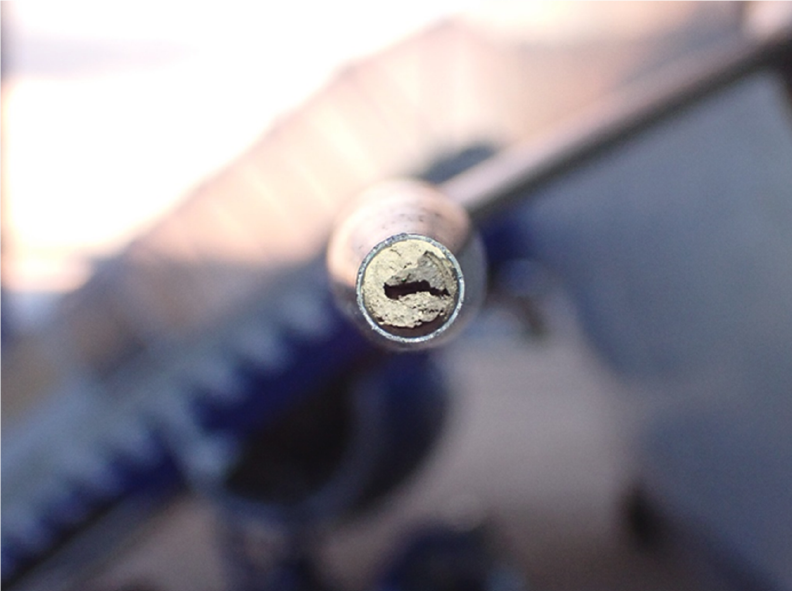
Inspection of the aircraft pitot probes showed that both the right and centre probes were blocked. The nature of this debris was similar to that found on above cases, G-EUUO and G-TTNH.
AAIB engaged with the airport management and the CAA to agree on an appropriate method to raise awareness of the issue to other operators. Following discussion on the potential ways to do this, it was agreed that the most expeditious and effective manner to reach the right stakeholders was to issue a CAA Safety Notice.
Operator introduced a requirement for any aircraft that had stopped at Heathrow overnight to be subject to a Detailed Visual Inspection (DVI) of the pitot probes within the two hours prior to departure. The DVI was required to be carried out within an arm’s length of the probes, and visual aids used if required ; the results were to be recorded in the aircraft technical log.
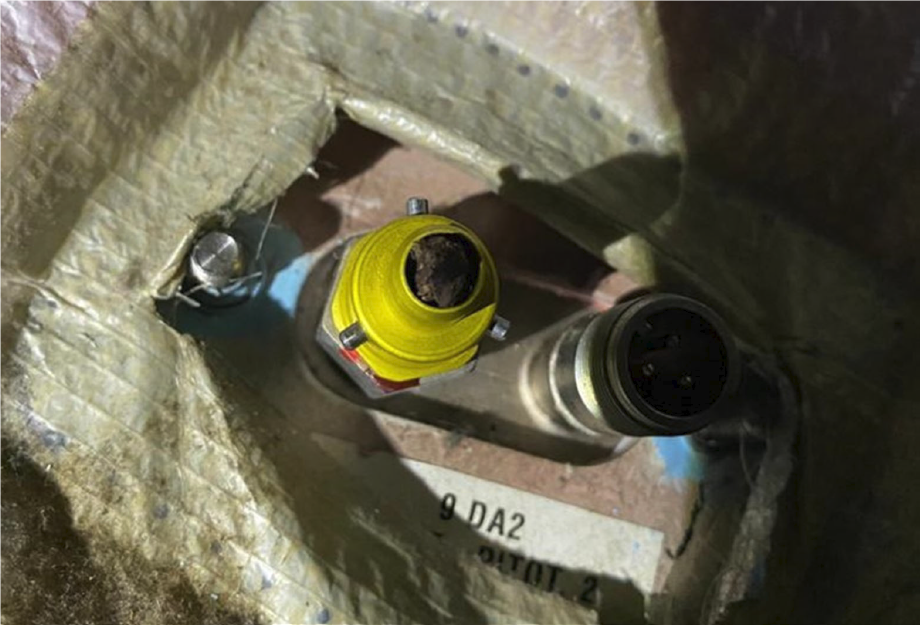
► On 15 June 2021, the following aircraft failed DVI inspections:
Following these kind of incidents involving Pitot probes , the operator introduced the following additional control policies:
Airbus A330-343, G-VKSS debris from the commander’s pitot probe on 1 July 2021 prompted the Operator to take further measures as below :
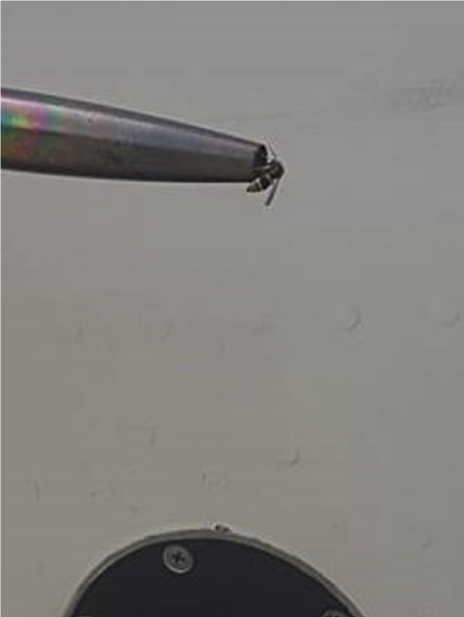
Over a short period of time, several aircraft suffered air data problems related to the blockage of pitot probes by insect nests.
From an operational perspective, pilot training, preparedness and effective TEM should be considered key elements for assuring early detection of pitot/static system blockages in the takeoff roll, thus minimising the hazards associated with high-speed rejections.
As the airline industry increases its operational tempo toward pre-pandemic levels, operator support for crews balancing commercial pressures against reduced recency will be an important enabler for safely rebuilding operational fluency.
Reduced traffic levels and human activity resulted in a surge of insect activity during the pandemic lockdowns. With less aircraft activity, including less noise and jet efflux to deter the insects, the parked aircraft made an attractive opportunity, with the pitot probes providing an ideal construction site for nests.
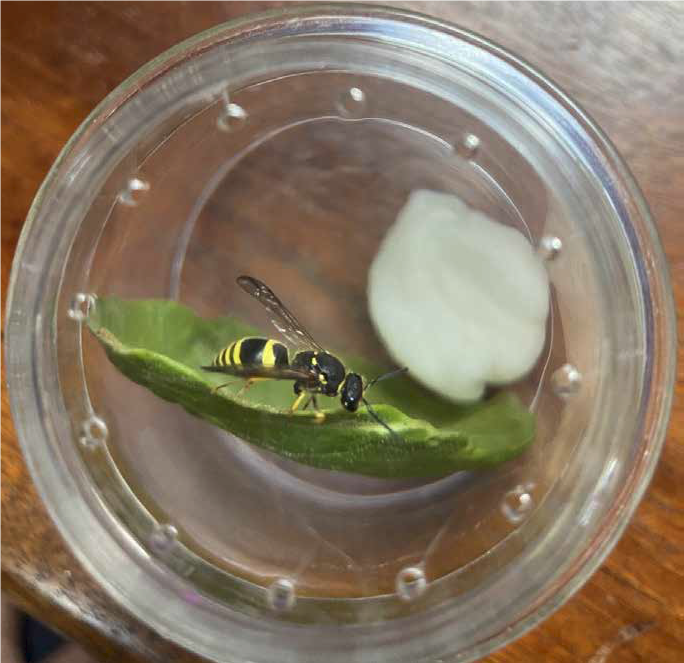
The high level of insect activity in 2021 could lead to a larger number of insects emerging in the spring of 2022. Therefore, even though traffic levels and aircraft utilisation are expected to increase in 2022, the seasonal risk of insects blocking pitot probes could be significant.
Report and Picture Courtesy : AAIB - United Kingdom.
You may like to read...
Keyhole wasps may Ground Your Aircraft !
— FL360aero (@fl360aero) November 25, 2020
Over a period of 39 months, invasive keyhole wasps at the Brisbane Airport were responsible for 93 instances of fully blocked replica pitot probes— instruments that measure airspeed : study.#avgeek #aviationhttps://t.co/I6yWubvgK0
